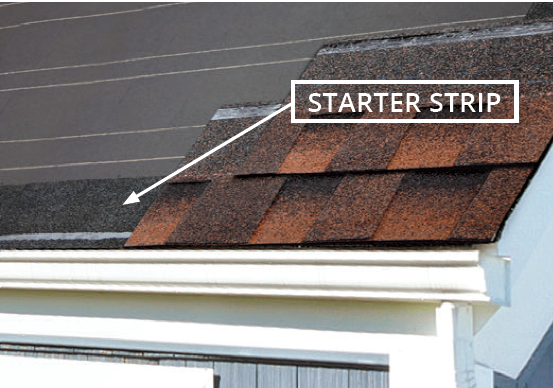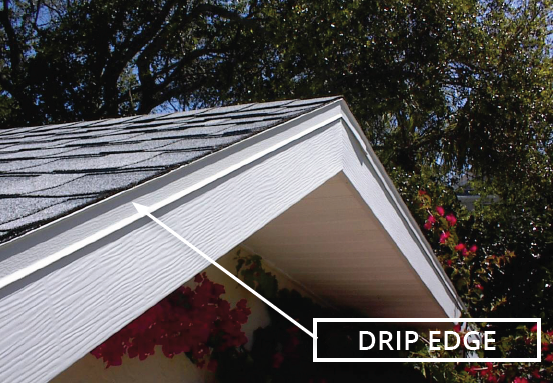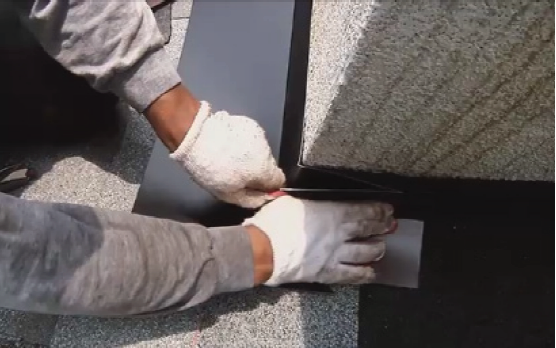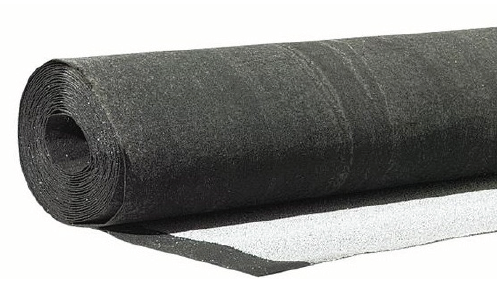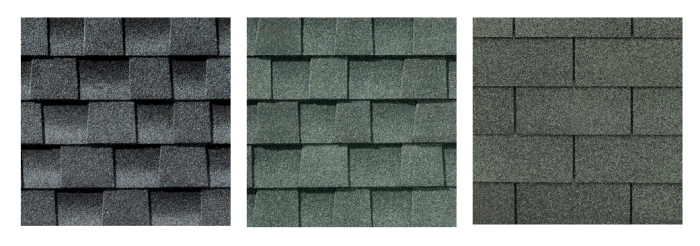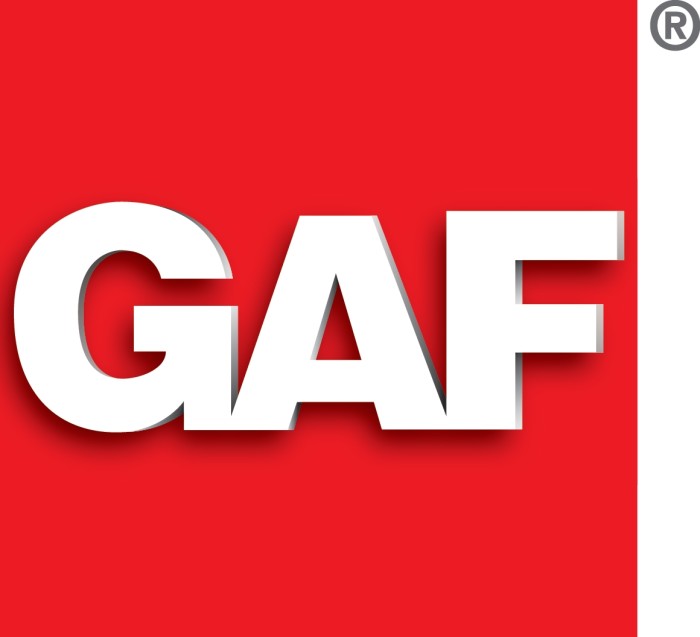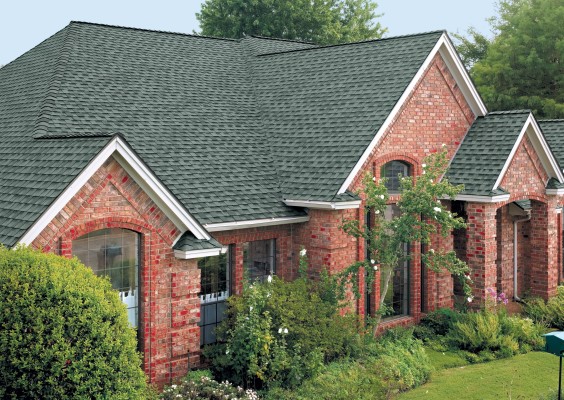
Nobody wants to have to purchase a new roof, but unfortunately the time comes for nearly every homeowner to do so. If that time has come for you, it’s important to understand every component of a new roof so that you know exactly what you’re purchasing. As it turns out, there’s more to a roof than just shingles!
Here’s an overview of the seven components of a new roof when you purchase it from Archway:
- Starter Strip / Drip Edge
- Flashing – Chimney & Stacks
- Ice / Water Shield (Leak Barrier)
- Underlayment (Roof Deck Protection)
- Ventilation
- Shingles
- Warranty
Starter Strip
Starter strips are the shingles that are laid down first as the “starter” course on your roof. Some roofers may simply use cut-up shingles for this step, however we use special starter strips that have a special adhesive that ensures adequate wind resistance. These pre-cut starter strip shingles will speed installation time while helping to prevent shingle blow-offs because of their factory-applied adhesive strip. Starter strips save time, eliminate waste, and reduce the risk of blow-off, and may even help qualify for upgraded wind warranty coverage.
Drip Edge
The drip edge is added to the roof’s edges and is critical to provide a finished look and to add waterproofing to your roof. It protects against insects entering between the deck and fascia boards and pushes rain away from your house. The drip edge also adds a finished look to your roof, which helps its overall appearance. It’s important to note that the drip edge must be corrosion-resistant and applied directly to the deck of the roof with underlayment for best results. Our roofing installers follow these directions for every drip edge they install.
Flashing
Flashing is a technique used to seal and protect joints in a building from water penetration by directing the flow of water away from otherwise vulnerable areas. Flashing is achieved by installing metal pieces around the joints and on top of shingles. For Flashing to function properly it is important that it is installed correctly, which is why it is important to have a professional installer perform your roof replacement.
Leak Barrier
Leak barriers create a seal that helps keep water out at the most vulnerable areas of your shingle roof (at the eaves and rakes, in valleys, around chimneys, etc.). They are designed to protect the roof where water has a tendency to collect or flow, including valleys, vents, chimneys and skylights. Also known as ice and water shields, leak barriers help protect your home from wind-driven rain and damaging ice dams, as well as costly wall and ceiling staining. These shields prevent leaks from water damming in your gutters as well.
Underlayment
Underlayment provides an additional layer of protection between your roof’s wood decking and the shingles, mainly to guard against water that can get underneath the shingles. Proper underlayment allows moisture to escape from your attic and provides a layer of protection against wind-driven rain. This can help resist “telegraphing”, or wrinkling and buckling, allowing for a better-looking roof. We several different underlayment options as part of our roofing systems. Your roofing consultant will be able to explain the differences and which is the best option for your home during your complimentary roofing consultation.
Ventilation
Ventilation is an essential part of roof replacement because it helps remove excess heat and moisture from your attic that can raise your energy bills, cause premature peeling of interior paint and wallpaper, and even affect your health. Proper attic ventilation systems allow a continual flow of outside air through the attic, protecting the efficiency of the insulation and lowering temperatures in the living space. Poor ventilation can ruin your insulation, destroy your shingles, and potentially raise energy bills, so it is imperative that this is properly installed. In fact, the number one reason the roofing systems fail is due to poor ventilation.The image below shows the different kinds of vents that we use. The number one reason the roofing systems fail is due to poor ventilation.
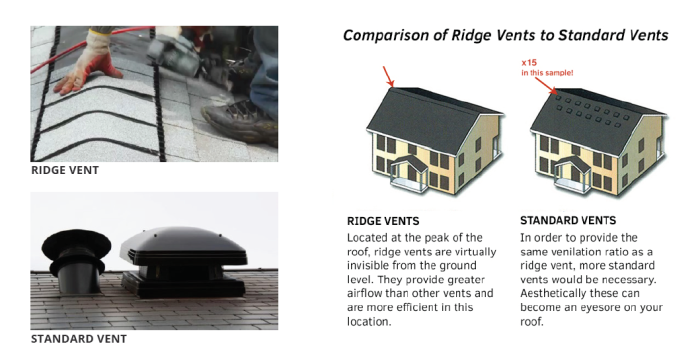
Shingles
Shingles protect your roof while adding style to your home and enhancing curb appeal while fitting within your budget. Shingles come in many different colors and styles, and some are more high-profile than others. There are many different options of shingles to choose from, and we have different types of shingles in each level of our Synergy Roofing Systems. Your roofing consultant will be able to explain more about these in detail during your consultation. We use two wonderful roofing manufacturers, GAF and Owen’s Corning…click on the logos below to see their expansive shingle selections.
Warranty
We also offer several roofing warranties to match our Synergy roofing system packages through both GAF and Owen’s Corning, including 50 year labor and 50 year material warranties. See the diagram below for more information, and also check out our roofing warranty page for more details.

If you have any questions or would like to schedule your complimentary roofing consultation, please contact us today! Have a great weekend!

